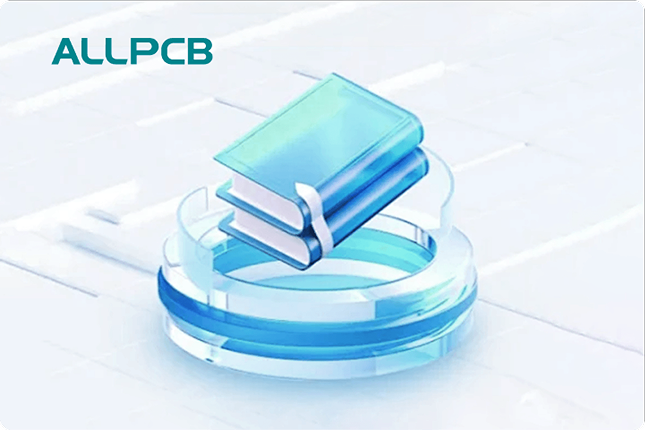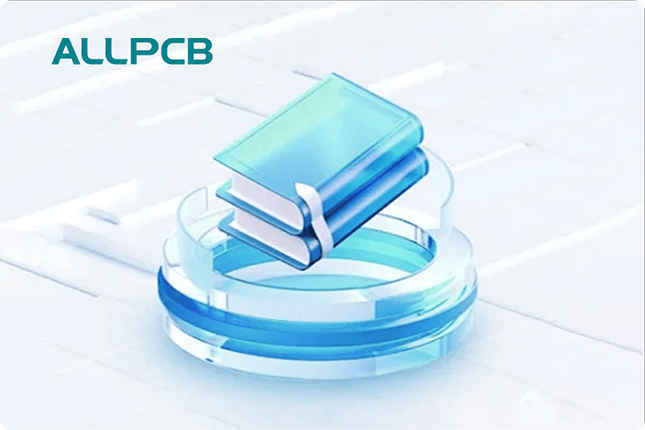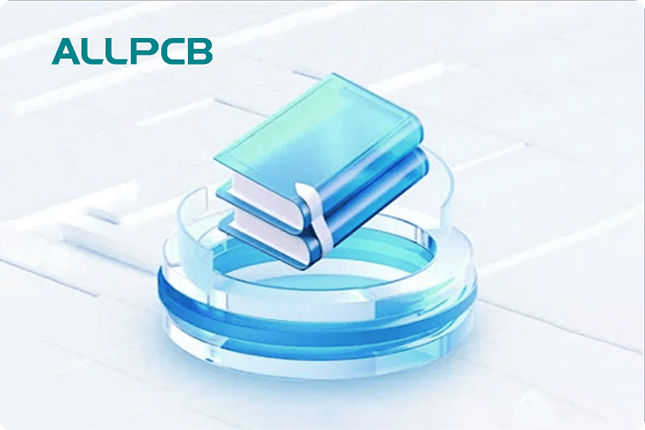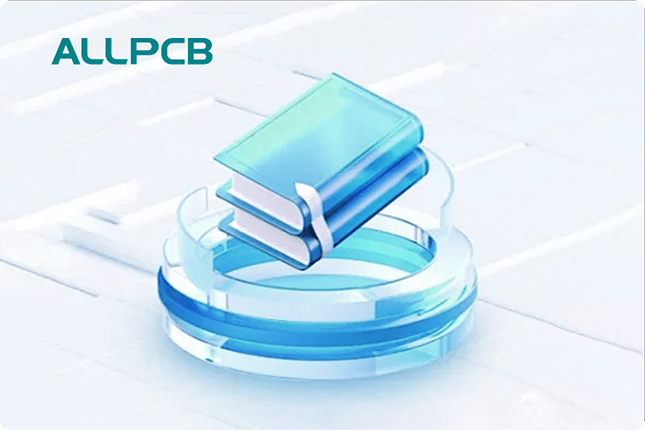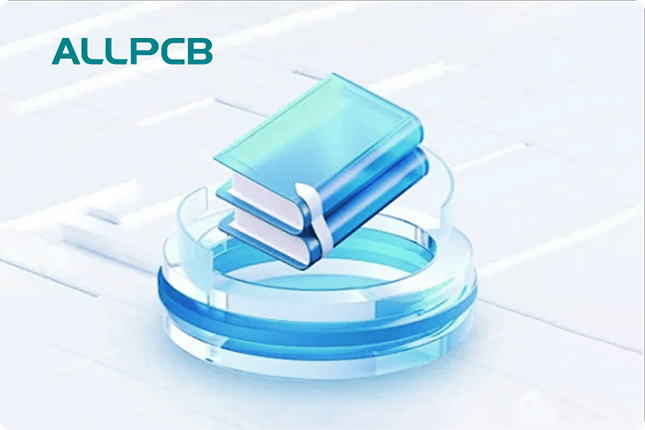Are you a student, teacher, or hobbyist looking to dive into the world of electronics and PCB design? Whether you're exploring electronics projects for students PCB design, seeking STEM education PCB kits, or starting with easy PCB projects for beginners, this guide is your starting point. Printed Circuit Boards (PCBs) are the backbone of modern electronics, and learning to design and build them can unlock incredible opportunities in STEM (Science, Technology, Engineering, and Math) education. In this beginner-friendly post, we'll walk you through the essentials of educational electronics PCBs, from introductory concepts to hands-on projects tailored for high school students and beyond.
Why PCBs Matter in STEM Education
PCBs are the foundation of almost every electronic device, from smartphones to calculators. They connect components like resistors, capacitors, and microcontrollers in a compact, organized way. For students and educators, working with PCBs offers a practical way to understand electronics and apply theoretical knowledge. By integrating introductory electronics curriculum PCB projects into learning, students gain hands-on experience that fosters problem-solving, critical thinking, and creativity—key pillars of STEM education.
Learning PCB design also prepares students for future careers in engineering and technology. According to industry reports, the global electronics market is projected to grow at a compound annual growth rate (CAGR) of over 5% through 2030, creating a high demand for skilled professionals. Starting early with PCB design for high school students can give learners a competitive edge.
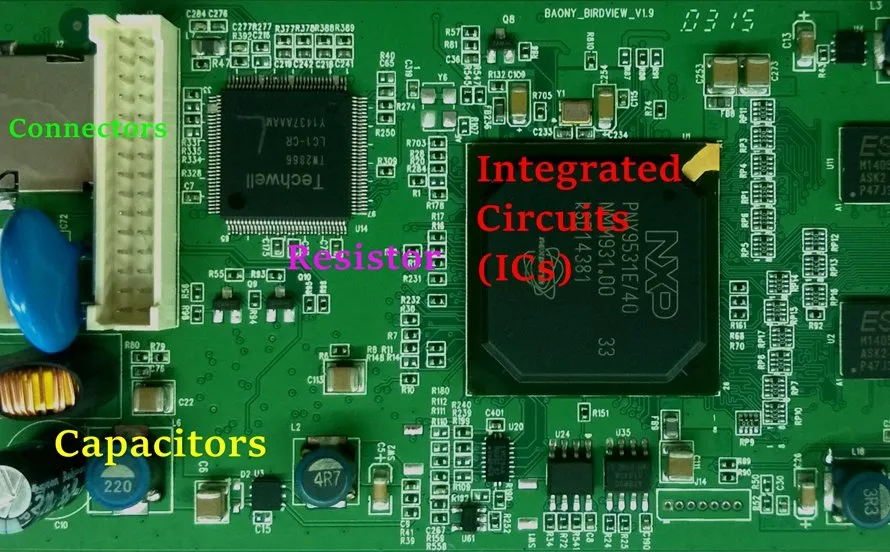
What Are Educational Electronics PCBs?
Educational electronics PCBs are specially designed circuit boards used for teaching and learning purposes. Unlike complex industrial PCBs, these are simplified to focus on core concepts like circuit design, soldering, and component functionality. They often come as part of kits that include all necessary materials and instructions, making them ideal for STEM education PCB kits.
These kits typically feature:
- Pre-designed or blank PCBs for experimentation.
- Basic components like LEDs, resistors (e.g., 220 ohms for LED circuits), and capacitors (e.g., 10uF for timing circuits).
- Instructions or tutorials for assembling specific projects, such as a blinking LED circuit or a simple alarm system.
- Safe, low-voltage designs (often 5V or 9V) to ensure student safety.
For beginners, these kits provide a structured way to learn without the overwhelm of advanced design software or high-risk electrical systems. They bridge the gap between theory and practice, making abstract concepts like current flow and resistance tangible.
Benefits of Learning PCB Design for Students
Introducing PCB design in educational settings offers numerous advantages, especially for young learners in STEM programs. Here are some key benefits:
1. Hands-On Learning
Working on easy PCB projects for beginners allows students to see the direct results of their efforts. For example, soldering a 1k ohm resistor into a circuit and watching an LED light up at the expected brightness (based on a 5V supply) reinforces concepts like Ohm’s Law (V=IR).
2. Problem-Solving Skills
Designing and troubleshooting a PCB teaches students to analyze issues systematically. If a circuit doesn’t work, they learn to check for errors like incorrect component placement or poor soldering joints, building resilience and analytical skills.
3. Career Readiness
Early exposure to PCB design for high school students aligns with real-world applications in industries like robotics, IoT (Internet of Things), and consumer electronics. Students who master these skills are better prepared for technical courses or entry-level roles.
4. Creativity and Innovation
PCBs allow students to design their own projects, from simple timers to complex sensor-based systems. This creative freedom encourages innovation and personal investment in learning.

Getting Started with Easy PCB Projects for Beginners
If you're new to electronics, starting with simple projects is the best way to build confidence. Below are a few beginner-friendly ideas under the umbrella of electronics projects for students PCB design. These projects use basic components and minimal voltage (typically 5V DC), ensuring safety and simplicity.
Project 1: Blinking LED Circuit
Objective: Create a circuit where an LED blinks on and off at a set interval.
Components Needed:
- PCB (pre-designed or blank)
- LED (forward voltage ~2V, current ~20mA)
- Resistor (220 ohms to limit current)
- Capacitor (47uF for timing)
- Transistor or 555 timer IC for oscillation
- Power source (5V DC)
Steps:
- Place the components on the PCB according to a simple schematic.
- Solder the components in place, ensuring no short circuits.
- Connect the power source and observe the LED blinking (adjust the capacitor value to change the blink rate).
This project teaches basic soldering, timing circuits, and component interaction. The 555 timer IC, for instance, operates at a frequency determined by the resistor and capacitor values, typically around 1Hz for a slow blink.
Project 2: Simple Buzzer Alarm
Objective: Build a circuit that activates a buzzer under specific conditions, like a door opening.
Components Needed:
- PCB
- Buzzer (5V)
- Switch or sensor (e.g., magnetic reed switch)
- Resistor (1k ohm for protection)
- Power source (5V or 9V DC)
Steps:
- Design a basic circuit where the buzzer connects through a switch.
- Solder components onto the PCB, ensuring secure connections.
- Test by triggering the switch—if the buzzer sounds, the circuit works!
This project introduces students to input-output relationships and practical applications like security systems.

Choosing the Right STEM Education PCB Kits
For educators and students looking to integrate PCBs into learning, selecting the right kit is crucial. STEM education PCB kits vary in complexity, so consider these factors when choosing:
- Skill Level: Opt for beginner kits with pre-designed boards and clear instructions if you're new to electronics.
- Project Focus: Some kits focus on specific outcomes, like robotics or audio circuits. Choose one aligned with learning goals.
- Safety Features: Ensure the kit uses low-voltage components (under 12V) to minimize risks.
- Support Materials: Look for kits with tutorials, schematics, and online resources to aid learning.
Many kits are designed for classroom use, supporting group activities and project-based learning. They often include enough components for multiple students to work on introductory electronics curriculum PCB projects simultaneously.
Steps to Learn PCB Design for High School Students
For high school students eager to master PCB design for high school students, a structured approach can make the process manageable and rewarding. Follow these steps to build your skills:
Step 1: Understand Basic Electronics
Start with the fundamentals—learn about voltage, current, and resistance. Understand how components like resistors (e.g., 10k ohm for pull-up circuits) and capacitors (e.g., 100nF for noise filtering) function in a circuit.
Step 2: Explore Circuit Schematics
Study simple schematics to see how components connect. Use free online resources or software to simulate circuits before building them on a PCB.
Step 3: Practice Soldering
Soldering is a critical skill for PCB assembly. Practice on scrap boards to perfect your technique, ensuring clean, strong connections without damaging components.
Step 4: Design Your First PCB
Use beginner-friendly design tools to create a basic PCB layout. Start with a small project, like a power indicator circuit with a 5V input and an LED output.
Step 5: Test and Iterate
After assembling your PCB, test it thoroughly. If it doesn’t work, troubleshoot by checking connections and component values. Iteration is key to learning.
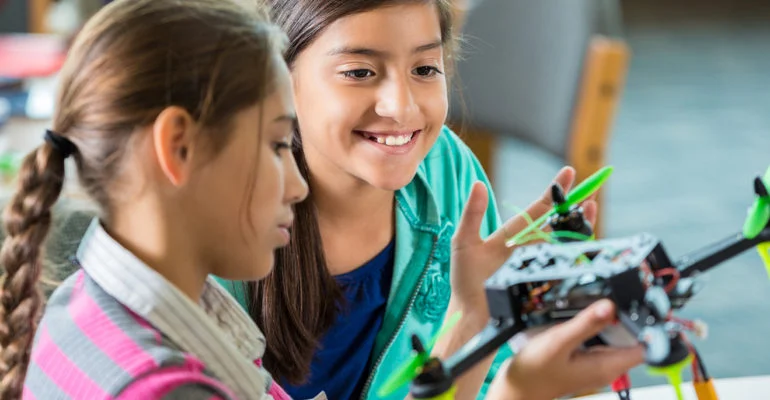
Challenges and Tips for Beginners in PCB Projects
While working on easy PCB projects for beginners is exciting, it comes with challenges. Here are common issues and tips to overcome them:
Challenge 1: Soldering Mistakes
Poor soldering can lead to weak connections or short circuits.
Tip: Use a soldering iron with a fine tip (around 25W for beginners) and practice on non-critical components first. Keep solder joints small and shiny.
Challenge 2: Incorrect Component Placement
Placing components like diodes or polarized capacitors backward can prevent a circuit from working.
Tip: Double-check component orientation against the schematic before soldering. Mark polarity on the PCB if needed.
Challenge 3: Overwhelm with Design Complexity
Designing a PCB from scratch can feel daunting.
Tip: Start with pre-designed boards or templates in educational kits. Gradually move to custom designs as your confidence grows.
Resources for Advancing Your PCB Skills
As you progress beyond beginner projects, leverage these resources to deepen your knowledge:
- Online Tutorials: Platforms like YouTube offer free videos on PCB design and assembly.
- Community Forums: Join online communities to share projects and get feedback from experienced hobbyists.
- Books: Look for titles focused on basic electronics and circuit design for structured learning.
- Simulation Software: Use free tools to test circuit ideas virtually before building physical PCBs.
Conclusion: Start Your PCB Journey Today
Unlocking your STEM potential through educational electronics PCBs is an achievable and rewarding endeavor. Whether you're a student experimenting with electronics projects for students PCB design or an educator integrating introductory electronics curriculum PCB content into lessons, the skills you gain are invaluable. Start small with easy PCB projects for beginners, explore STEM education PCB kits, and build your way up to complex designs. With each project, you'll develop a deeper understanding of electronics and pave the way for future innovation.
 ALLPCB
ALLPCB



